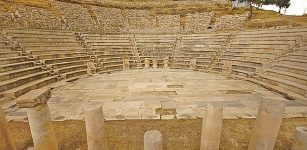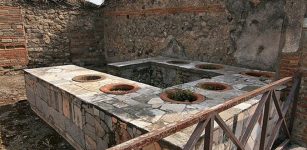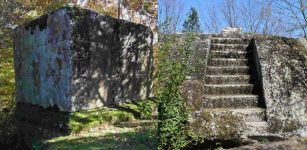Why Was Dorset Ancient Mega Henge Built In Such A Hurry?
Conny Waters - AncientPages.com - Something strange took place around 2,500 B.C. in Britain. For some reason, Stone Age builders were suddenly in a hurry and they constructed the Dorset mega henge at incredible speed. Why?
A new study of the Mount Pleasant site suggests it was constructed over decades, not centuries Why the rush?
Mount Pleasant henge is a Neolithic henge that was re-discovered in 1936. It may not be as famous as Stonehenge, but this egg-shaped is huge, the size of nine football pitches!
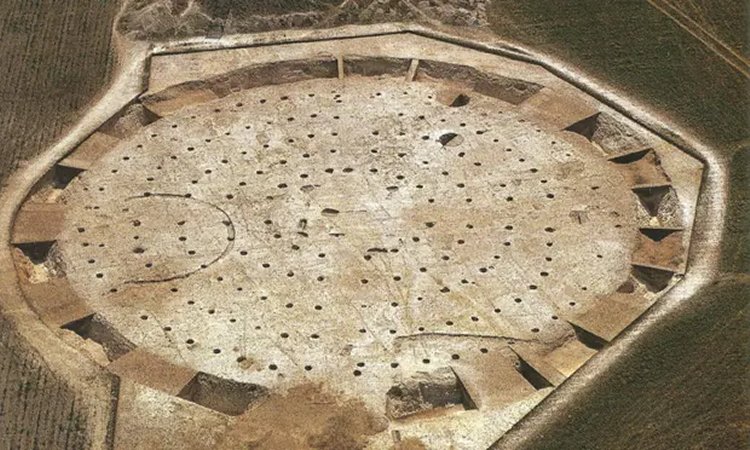
Part of the Mount Pleasant mega henge being excavated in the early 1970s. Credit: Cardiff University
Built around 2500BC, Mount Pleasant is one of five known mega-henges in southern England of the same period. Other sites include Marden, Durrington Walls near Stonehenge, Avebury, which are all in Wiltshire, and Knowlton in Dorset. Stonehenge was also built at this time.
The henges were significant ceremonial sites where people probably gathered for feasting and rituals, sometimes traveling over long distances to get there.
Using the latest scientific methods to re-examine the remains of the Mount Pleasant ‘mega henge’ scientists at Cardiff University in UK have investigated what may have been behind the explosion in building activity of this and perhaps other Neolithic sites in England.
Researchers took samples from finds made during excavations on the site in 1970 and curated at the Dorset County Museum, including antler picks, pieces of charcoal, and human bone. These samples were radiocarbon dated at laboratories in Oxford, Belfast, Glasgow, and Zurich to obtain precise date estimates. These were then refined and combined using a statistical technique called Bayesian analysis. This method allowed the team to combine the dates with information from the archaeological excavation such as the context and layer of each sample and its material, to more precisely estimate the date and sequence of construction.
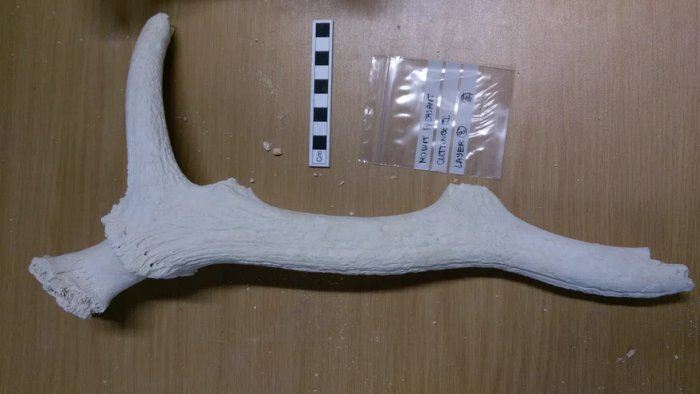
One of the antler picks that were sampled during the research. As these picks were used to dig out the ditches of the henge, they provide a good indication of the date that the monument was constructed. Credit: Cardiff University
“The building of Mount Pleasant would have involved a huge number of people – digging out the enormous ditches with simple tools like antler picks. Although the construction of the various parts took place in several phases, with successive generations working on its construction, all the work was concentrated within just over a century,” Susan Greaney, a Ph.D. student at Cardiff University’s School of History, Archaeology and Religion, said in a press statement.
Studies of Neolithic monuments are still incomplete. Many important questions have been answered but there are still several unsolved puzzles scientists must deal with.
See also: More Archaeology News
“What’s still not clear is why these monuments were built in the first place. Were people building these monuments as a ‘last hurrah’ because they could see change coming? Or did the effort and labor of building these monuments lead to a rebellion, a collapse in belief in the leaders or the religion, that created a vacuum in which new people could come in from the continent?
Part of the central stone monument at Mount Pleasant appears to have been broken up at this time – was it destroyed during a time of unrest? Greaney said.
Written by Conny Waters - AncientPages.com Staff Writer


